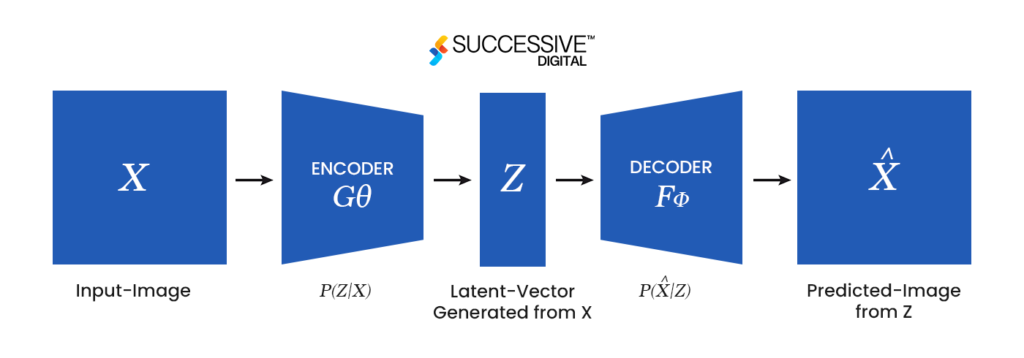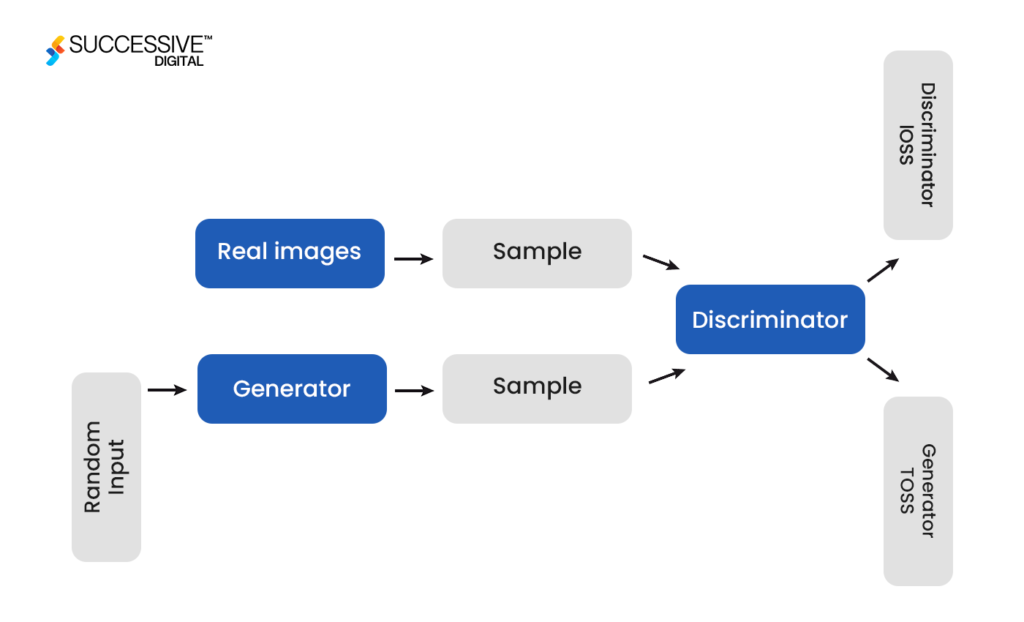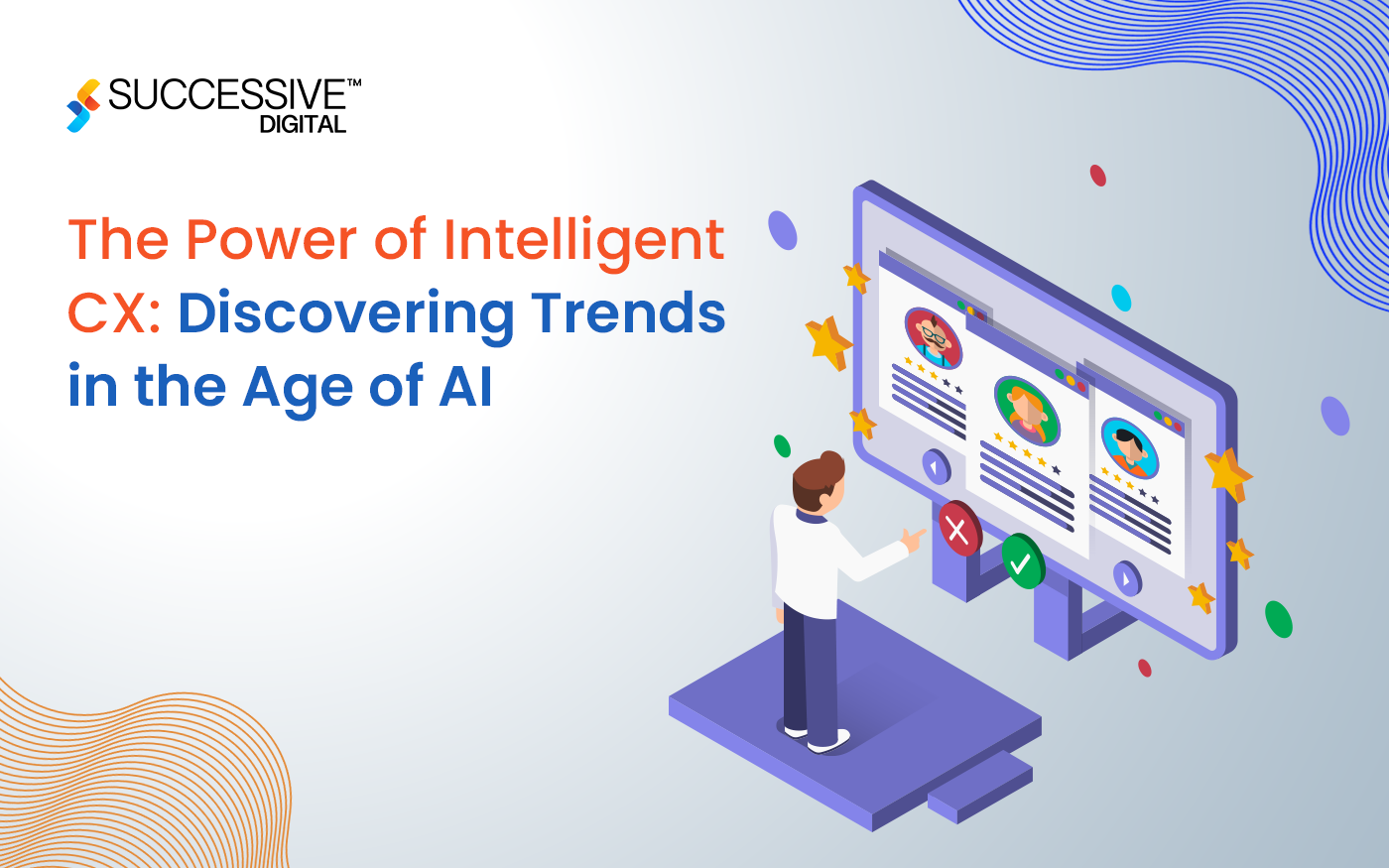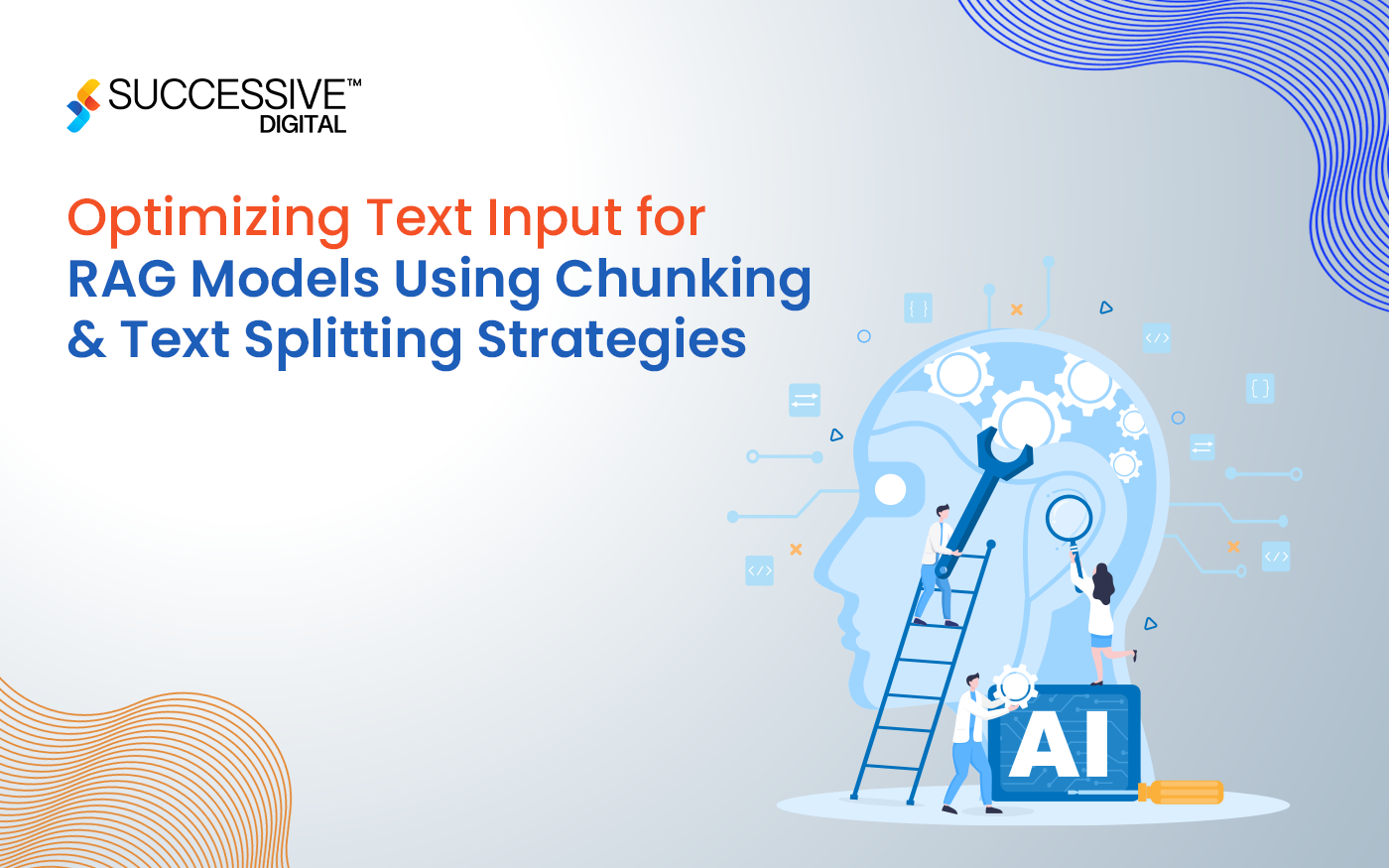Medical imaging plays an essential role in diagnosing and treating various diseases and conditions. However, interpreting medical images requires extensive expertise and time that most medical and healthcare institutions lack.
AI applied to medical imaging is valuable to healthcare professionals in detecting subtle anomalies or nuances that might elude human observation. For instance, AI-driven medical imaging can analyze intricate data points within a medical report, distinguishing between disease and healthy segments and filtering out extraneous noise from relevant signals.
Generative AI, dedicated to generating novel content, has ushered in a realm of opportunities within the field of medical imaging. It equips healthcare practitioners with augmented diagnostic tools, individualized treatment strategies, and superior patient results. Leveraging the capabilities of deep learning algorithms, generative AI has fundamentally transformed how medical images are analyzed, understood, and applied in clinical settings.
Technologies like generative adversarial networks (GANs) and variational autoencoders (VAEs) bolster the field of medical imaging by producing synthetic images, refining reconstruction methods, streamlining segmentation tasks, and thereby advancing disease diagnosis and treatment planning.
What is Generative AI?
Generative AI or generative artificial intelligence refers to a specialized domain within artificial intelligence (AI) that focuses on creating new content, like text, images, music, audio, and videos.
Generative AI is powered by foundation models (large AI models) that can multi-task and perform out-of-the-box jobs, including summarization, Q&A, classification, and more. It requires minimal training, and the foundation models can be adapted for targeted use cases with very little example data.
Some examples of GenAI models include ChatGPT, DALL-E, Midjourney, DeepMind, etc. Combining the positive attributes from each generative model can help to create even more powerful models.
Diffusion Models
Diffusion models represent a cutting-edge approach in Generative AI, offering a novel way to generate high-quality and diverse data samples. These models leverage the concept of iteratively refining data through a diffusion process, allowing them to generate coherent and realistic images, text, or other data types. They have gained significant attention for their potential to advance tasks like image synthesis and text generation in AI applications.
Variational Autoencoders (VAEs)

VAE’s Architecture
VAEs are a prominent class of generative models in machine learning. They combine an encoder and decoder network to learn meaningful representations of data. VAEs are valued for their ability to generate new data samples and perform tasks like image generation, anomaly detection, and data denoising.
Generative Adversarial Networks (GANs)
GANs are pivotal in Generative AI, comprising a generator and discriminator network in a competitive setup. They excel at creating realistic data samples and revolutionizing image generation, style transfer, and content creation.
Generative AI in medical imaging analysis presents opportunities to automate and improve the accuracy of medical image analysis. Generation AI has found its use case in image segmentation, image synthesis, predicting patient outcomes, and detecting anomalies. Another advantage of using Generative AI is that it can reduce healthcare costs and increase access to healthcare in underserved populations. To make it effective, however, it is important to address challenges, including data privacy, algorithmic bias, and the interpretability of generative AI models, to ensure the responsible use of these technologies in the industry.

Here are some ways that Gen AI can be used to transform medical imaging and diagnostics in healthcare:
-
Image Segmentation
Gen AI algorithms can be trained to automatically segment medical images, such as MRI or CT scans, into different regions of interest. Image segmentation, a critical image processing technique, isolates Regions of Interest (ROI) within images, which is particularly valuable in medical contexts like cell segmentation and tissue detection. This can help doctors to quickly identify and diagnose conditions, such as tumors or lesions, more accurately and efficiently than manual segmentation.
Early methods relied on features like edges and colors, but today, neural network models such as U-Net and UNETR dominate, effectively learning from diverse image datasets. Open-source tools like MONAI simplify model training.
In 2023, Meta introduced SAM, enabling effortless image segmentation via clicks. Adapted as MedSAM in medicine, it efficiently collaborates with professionals to segment various medical image types, promising substantial progress in diagnostics and research.
-
Disease Detection
Gen AI algorithms can be trained to detect diseases, such as diabetic retinopathy or breast cancer, by analyzing medical images. Besides, AI can spot symptoms that are often missed by the clinician’s attention. For example, a study published in the National Library of Medicine used a Gen AI algorithm to detect diabetic retinopathy in retinal fundus images with an accuracy of over 90%. (Source: Diabetic Retinopathy Analysis)
-
Image Synthesis
Gen AI algorithms can be used to synthesize new medical images that mimic real-world images but with specific features or characteristics that are useful for training or testing. For example, a study published in the research used a Gen AI algorithm to synthesize brain magnetic resonance images (MRI) with realistic variations. (Source: Generative Adversarial Networks)
-
Clinical Decision Support Systems
Gen AI algorithms can be integrated into clinical decision support systems (CDSSs) to provide doctors with real-time, evidence-based patient diagnosis and treatment recommendations. AI-based clinical decision support systems can analyze large volumes of data and suggest next steps for treatments, indicate potential problems, facilitate the work of healthcare providers, and enhance efficiency. For instance, an AI system might recommend a specific treatment or clinical trial based on a patient’s genetic data and other factors.
-
Personalized Medicine
Gen AI algorithms can be used to analyze genomic data and medical images to provide personalized treatment recommendations for patients. For example, Mayo Clinic researchers have developed an AI-based risk prediction model that successfully informed pregnant women of labor risks and improved clinical decision-making. (Source: Impact of labor characteristics on neonatal outcomes)
Conclusion
Generative AI has the potential to revolutionize medical imaging and diagnostics by providing more accurate and efficient analysis of large amounts of data. By leveraging the latest trends in Generative AI, such as GANs and VAEs, and building solutions using a robust architecture, we can improve patient outcomes and reduce healthcare costs. As the field continues to evolve, we can expect to see even more innovative applications of Generative AI in medical imaging and diagnostics.












